

Articles
How To Seal Your Fireplace Opening
Modified: February 23, 2024
Learn how to close up your fireplace with these informative articles. Step-by-step guides and expert tips to ensure a safe and efficient closure.
(Many of the links in this article redirect to a specific reviewed product. Your purchase of these products through affiliate links helps to generate commission for Storables.com, at no extra cost. Learn more)
Introduction
Fireplaces can bring warmth and coziness to a home during the colder months. However, there may come a time when you no longer wish to use your fireplace, whether it’s due to safety concerns, energy efficiency, or simply wanting to update the aesthetics of your living space. In such cases, it’s important to properly close up your fireplace to prevent drafts, heat loss, and unwanted pests from entering your home.
This article will guide you through the step-by-step process of closing up a fireplace. From gathering the necessary materials to sealing the fireplace opening, we will cover everything you need to know to complete the task efficiently and effectively. So, put on your DIY hat and let’s get started!
Key Takeaways:
- Ensure safety, energy efficiency, and a well-sealed living space by following the step-by-step process to close up your fireplace. From gathering materials to ventilating the room, this guide has got you covered!
- Protect your home from drafts, pests, and heat loss by properly sealing your fireplace. Enjoy the benefits of a closed fireplace while maintaining a fresh and breathable living space.
Read more: How To Open The Flue Of Your Fireplace
Step 1: Gather the necessary materials
Before you begin the process of closing up your fireplace, it’s essential to gather all the necessary materials. Having everything ready beforehand will help streamline the process and prevent any unnecessary delays. Here’s a list of materials you’re likely to need:
- A safety mask and gloves
- Vacuum cleaner or broom and dustpan
- Damp cloth or sponge
- Mild detergent or fireplace cleaner
- Fireplace cover or damper plug
- Caulk or fireplace sealant
- Paint or sealant brush
- Plastic sheeting or tarps
- Tape
It’s always a good idea to wear a safety mask and gloves when working with any materials or chemicals, as they can help protect you from dust and irritants.
Vacuum cleaner or a broom and dustpan will be necessary to remove any debris, ashes, or soot from the fireplace and hearth. Additionally, a damp cloth or sponge and mild detergent or fireplace cleaner can be used to give the interior of the fireplace a thorough cleaning.
If you’re planning to completely close off the airflow to your fireplace, you will need a fireplace cover or a damper plug. These devices will prevent drafts from entering your home and help maintain energy efficiency.
Caulk or fireplace sealant should be used to seal any gaps or cracks around the fireplace opening or damper area. This will prevent cold air, pests, or debris from entering your living space.
Lastly, if you plan to paint or seal the fireplace to match your decor, you will need a paint or sealant brush. Plastic sheeting or tarps can be used to protect surrounding surfaces from any paint or sealant drips.
Now that you have all the necessary materials prepared, it’s time to move on to the next step: preparing the fireplace area.
Step 2: Prepare the fireplace area
Before you can begin closing up your fireplace, it’s important to properly prepare the area to ensure a smooth and clean process. Here are the essential steps to follow:
- Clear the area: Remove any decorative items, furniture, or hearth rugs from around the fireplace to create a clear working space. This will prevent any accidental damage or obstruction during the process.
- Protect the surrounding area: Cover the nearby floor, furniture, and walls with plastic sheeting or tarps. This will protect them from dust, debris, and any cleaning agents or sealants you may use.
- Open the damper: Check whether your fireplace has a damper and ensure that it is fully open. The damper controls the flow of air and smoke from the fireplace, and having it open will help with the cleaning process.
Once you have completed these steps, you’re ready to move on to the next step: cleaning the fireplace.
Step 3: Clean the fireplace
After preparing the fireplace area, it’s time to give it a thorough cleaning. Cleaning the fireplace will remove any accumulated debris, ashes, soot, and creosote, ensuring a clean and safe environment. Follow these steps to clean your fireplace:
- Put on your safety mask and gloves to protect yourself from dust and irritants.
- Using a vacuum cleaner or a broom and dustpan, remove all loose debris, ashes, and soot from the fireplace. Pay attention to the hearth, walls, and flue.
- If there are any stubborn stains or build-up, use a damp cloth or sponge and mild detergent or a fireplace cleaner to scrub the affected areas. Rinse the cloth or sponge frequently, and continue until all stains are removed.
- Let the fireplace dry completely before proceeding to the next step. This will prevent any moisture from compromising the effectiveness of the sealant or paint you may apply.
It’s important to note that if you have a wood-burning fireplace, it’s recommended to have a professional chimney sweep regularly clean and inspect your chimney. This will ensure the safety and efficient operation of your fireplace.
Once the fireplace is clean and dry, you’re ready to move on to the next step: closing the damper.
Step 4: Close the damper
Closing the damper is an essential step in the process of closing up your fireplace. The damper controls the flow of air and smoke, and closing it will help prevent drafts and heat loss. Here’s how to close the damper:
- Make sure the damper is fully open before you begin. You can usually find the damper handle either inside the fireplace or on the chimney wall.
- Locate the damper handle and gently push or pull it to close the damper. Some dampers may have a latch or locking mechanism that you need to engage to keep it closed securely.
- Double-check that the damper is closed by shining a flashlight up the flue to ensure there is no visible opening.
It’s important to note that if you have a gas fireplace, you should refer to the manufacturer’s instructions to properly close the damper. Gas fireplaces may have different damper mechanisms or may not require the damper to be closed.
Once the damper is closed, you can proceed to the next step: closing the flue.
Before closing up your fireplace, make sure the fire is completely out and the ashes are cool. Close the damper to prevent drafts and install a fireplace cover to keep out debris.
Read more: How To Seal Up A Fireplace
Step 5: Close the flue
Closing the flue is an important step in sealing off your fireplace and preventing any unwanted airflow. The flue is the pathway that allows smoke and gases to exit through the chimney. Here’s how to close the flue:
- Locate the flue lever or control. It is usually located inside the fireplace, near the damper handle or on the chimney wall.
- Push or pull the flue lever or control to the closed position. This will shut the flue and prevent any air and drafts from entering the fireplace.
- Double-check that the flue is closed by shining a flashlight up the chimney to ensure there is no visible opening.
It’s important to note that if you have a gas fireplace, the flue may not require closing as gas fireplaces are designed differently and often have built-in mechanisms to prevent heat loss. Refer to the manufacturer’s instructions for guidance on closing the flue for your specific gas fireplace.
Now that the flue is closed, we can move on to the next step: installing a fireplace cover or inserting a damper plug.
Step 6: Install a fireplace cover or insert a damper plug
Installing a fireplace cover or inserting a damper plug is an effective way to further seal off your fireplace and prevent any drafts or heat loss. Here’s how to complete this step:
- If you have a fireplace cover, carefully place it over the fireplace opening. Ensure that it fits securely and covers the entire opening.
- If you don’t have a fireplace cover, you can use a damper plug. A damper plug is a device specifically designed to fit into the damper opening, effectively blocking any airflow. Insert the damper plug into the damper opening and ensure it is snugly in place.
- Inspect the fireplace cover or damper plug to make sure there are no gaps or openings that could allow air to pass through. If necessary, adjust or secure it further to ensure a tight seal.
The installation of a fireplace cover or damper plug not only helps with energy efficiency but also provides added safety by preventing any debris, pests, or embers from entering your living space. It’s important to choose the appropriate cover or plug that fits correctly and is specifically designed for your fireplace.
Now that the fireplace is properly covered, we can move on to the next step: sealing the fireplace opening.
Step 7: Seal the fireplace opening
Sealing the fireplace opening is a crucial step in closing up your fireplace, as it helps prevent air leakage, drafts, and the entry of pests or debris. Here’s how to seal the fireplace opening:
- Inspect the area around the fireplace opening for any gaps, cracks, or openings. These can often be found between the fireplace surround and the wall, or between the fireplace insert and the hearth.
- Using caulk or fireplace sealant, fill in any gaps or cracks you find. Apply the sealant evenly, smoothing it with a caulk gun or your finger, following the manufacturer’s instructions.
- Allow the sealant to dry completely before proceeding to the next step. This will ensure a tight and effective seal.
Sealing the fireplace opening not only helps with temperature control and energy efficiency but also helps prevent drafts and the entry of unwanted pests or debris into your home. It’s crucial to choose a high-quality sealant that is suitable for fireplace use and can withstand high temperatures.
Once the fireplace opening is properly sealed, we can move on to the next step: ventilating the room.
Step 8: Ventilate the room
After closing up your fireplace, it’s important to ensure proper ventilation in the room to maintain a healthy and comfortable living environment. Here’s how to ventilate the room:
- Open windows or doors in the room to allow fresh air to circulate. This will help remove any odors or stagnant air.
- Use fans or ventilators to enhance airflow in the room. Position them strategically to promote air circulation and prevent stuffiness.
- Consider using an air purifier to maintain air quality in the room. Air purifiers can help remove any lingering dust, allergens, or odors from the closed fireplace area.
Proper ventilation is essential to prevent the accumulation of moisture, stale air, and potential health issues. It also helps maintain a comfortable temperature and ensure a fresh and breathable atmosphere in your living space.
With the completion of this final step, you have successfully closed up your fireplace. Now you can enjoy the benefits of a closed fireplace, whether it’s for safety, energy efficiency, or a new design aesthetic.
Remember, if you ever decide to use your fireplace again, simply reverse these steps to reopen it.
Thank you for following this comprehensive guide on how to close up a fireplace. We hope you found it informative and helpful in your home improvement journey!
Read more: How To Seal A Brick Fireplace
Conclusion
Closing up a fireplace is a task that requires careful planning and execution to ensure safety, energy efficiency, and a well-sealed living space. By following the step-by-step process outlined in this article, you can confidently close up your fireplace and enjoy the benefits it brings. Let’s recap the steps:
- Gather the necessary materials
- Prepare the fireplace area
- Clean the fireplace
- Close the damper
- Close the flue
- Install a fireplace cover or insert a damper plug
- Seal the fireplace opening
- Ventilate the room
Remember to wear protective gear, be thorough in your cleaning, and choose high-quality materials to seal the fireplace properly. Safety should always be a top priority throughout this process.
Closing up your fireplace not only ensures energy efficiency by preventing drafts and heat loss, but it also enhances the aesthetics of your living space. Additionally, sealing the fireplace opening helps keep pests and debris out of your home, creating a cleaner and healthier environment for you and your family.
Lastly, maintaining proper ventilation in the room is crucial to maintain a fresh and breathable atmosphere. Ventilate the room by opening windows, using fans or ventilators, and considering the use of an air purifier to enhance air quality.
Now that you have completed the steps to close up your fireplace, you can enjoy the benefits of a sealed and secure living space. Should you choose to use your fireplace again, simply reverse these steps to reopen it.
We hope this comprehensive guide has been helpful to you in your journey of closing up your fireplace. Stay warm, safe, and energy-efficient!
Frequently Asked Questions about How To Seal Your Fireplace Opening
Was this page helpful?
At Storables.com, we guarantee accurate and reliable information. Our content, validated by Expert Board Contributors, is crafted following stringent Editorial Policies. We're committed to providing you with well-researched, expert-backed insights for all your informational needs.
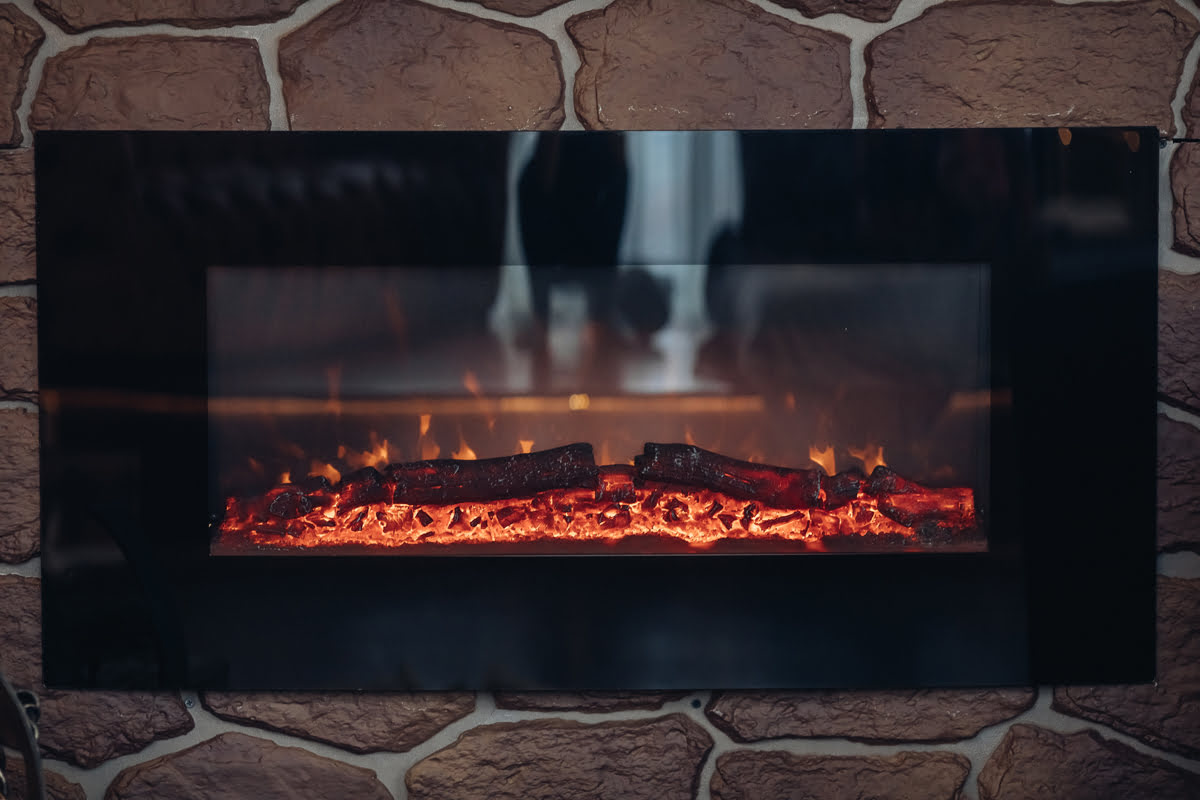
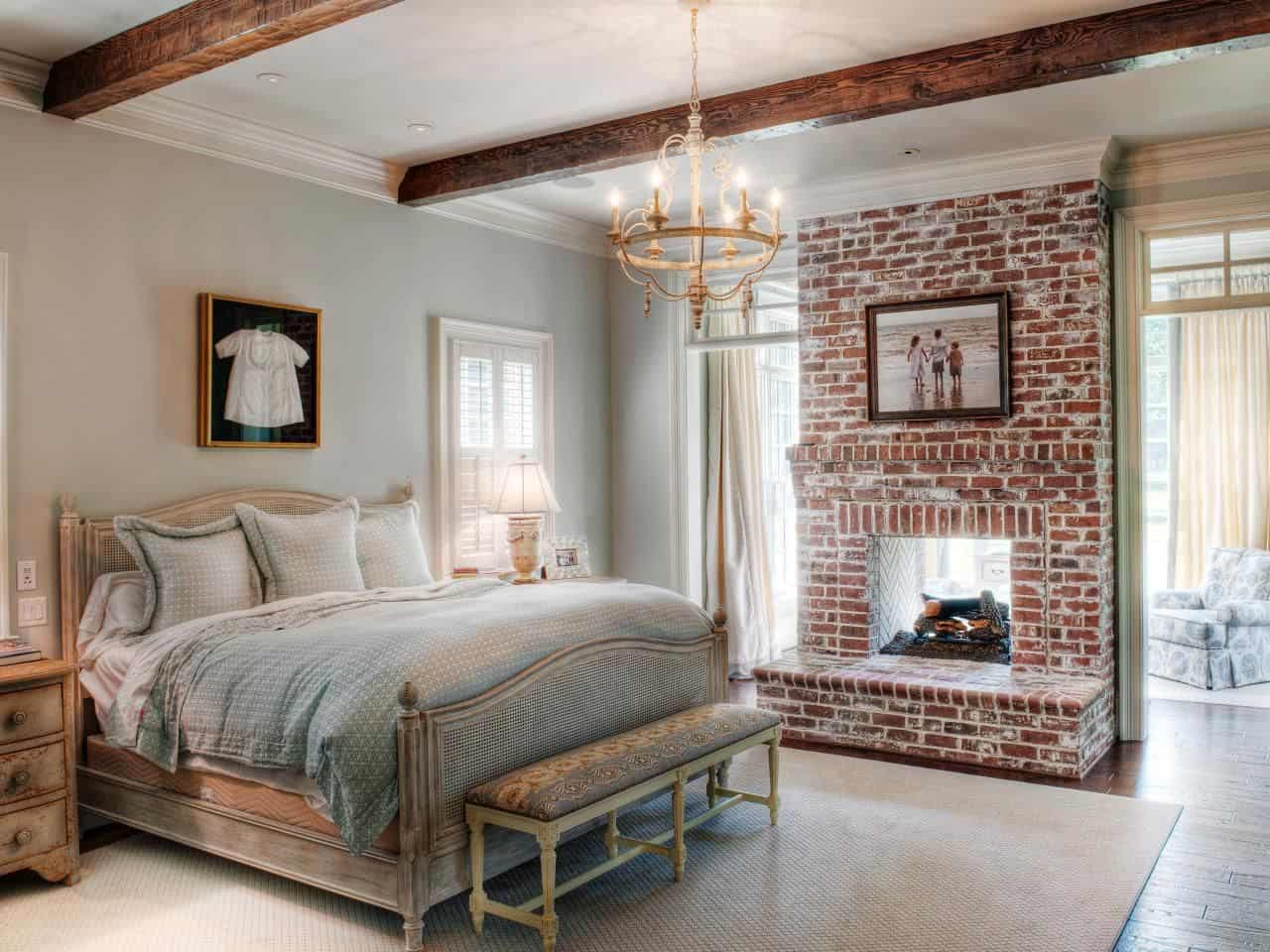
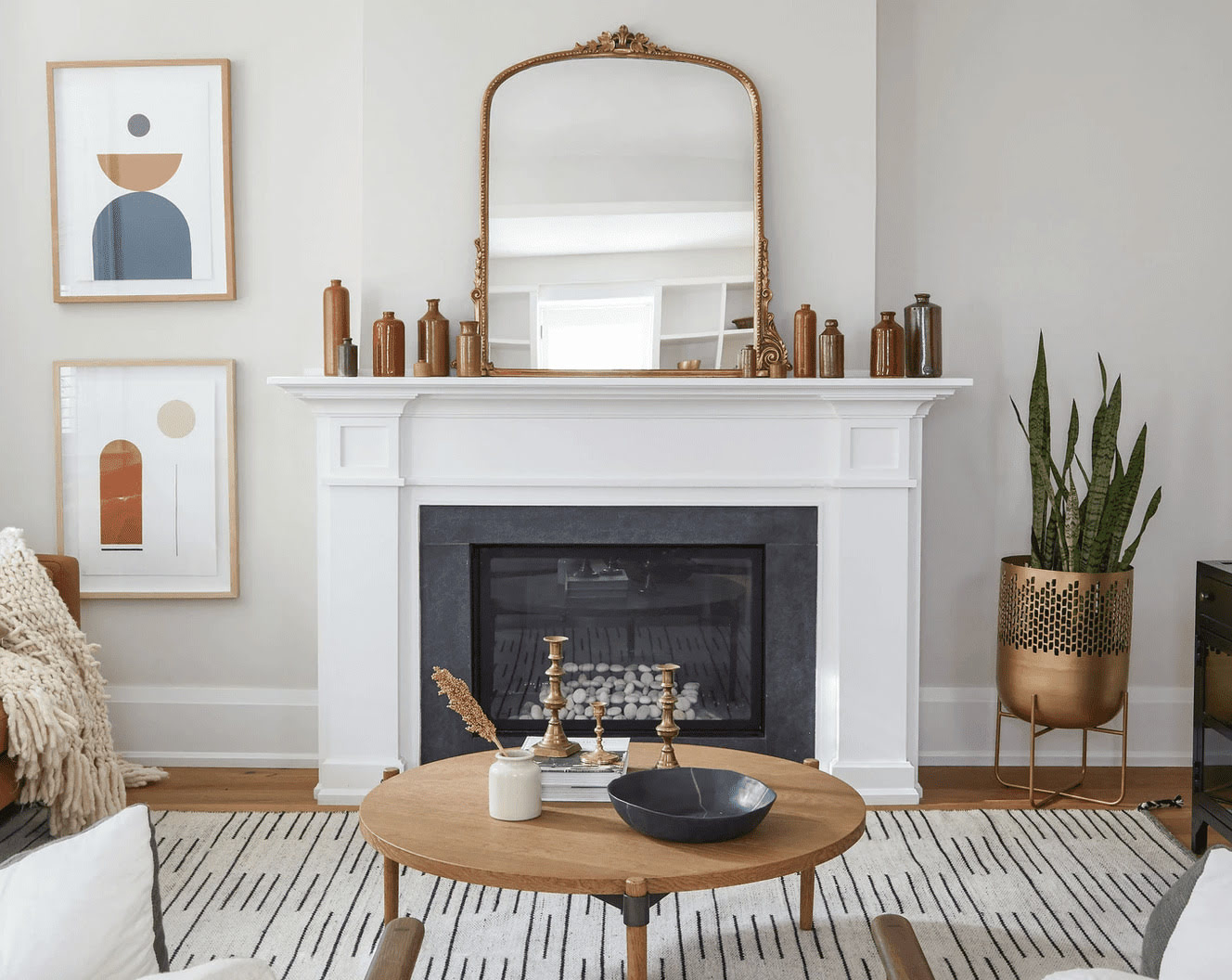
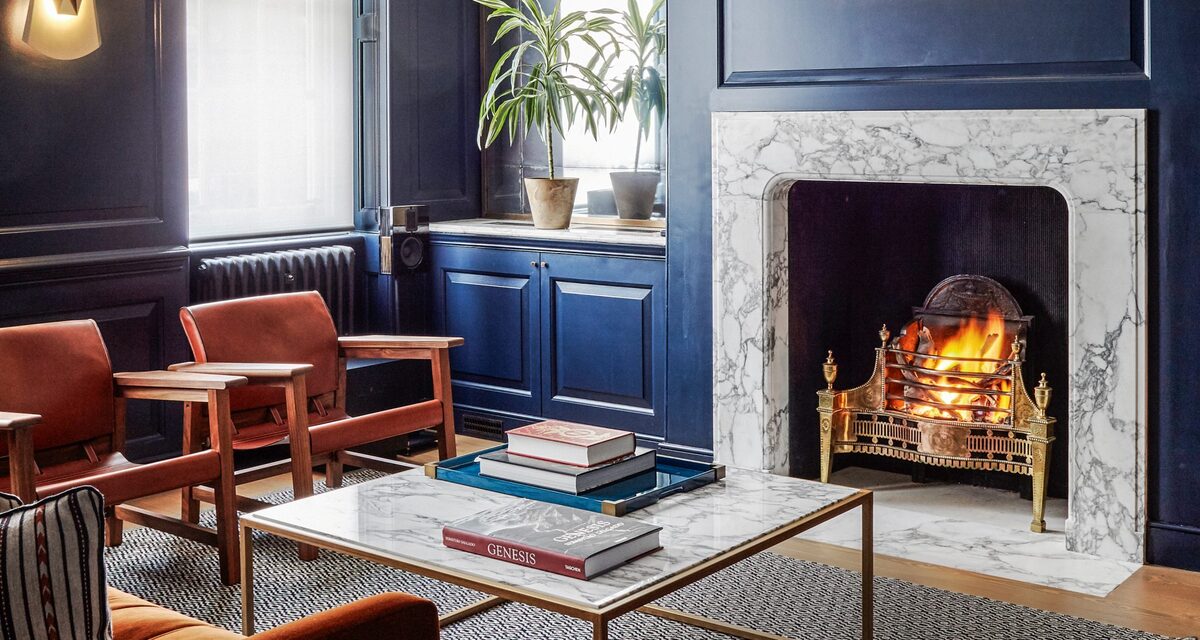
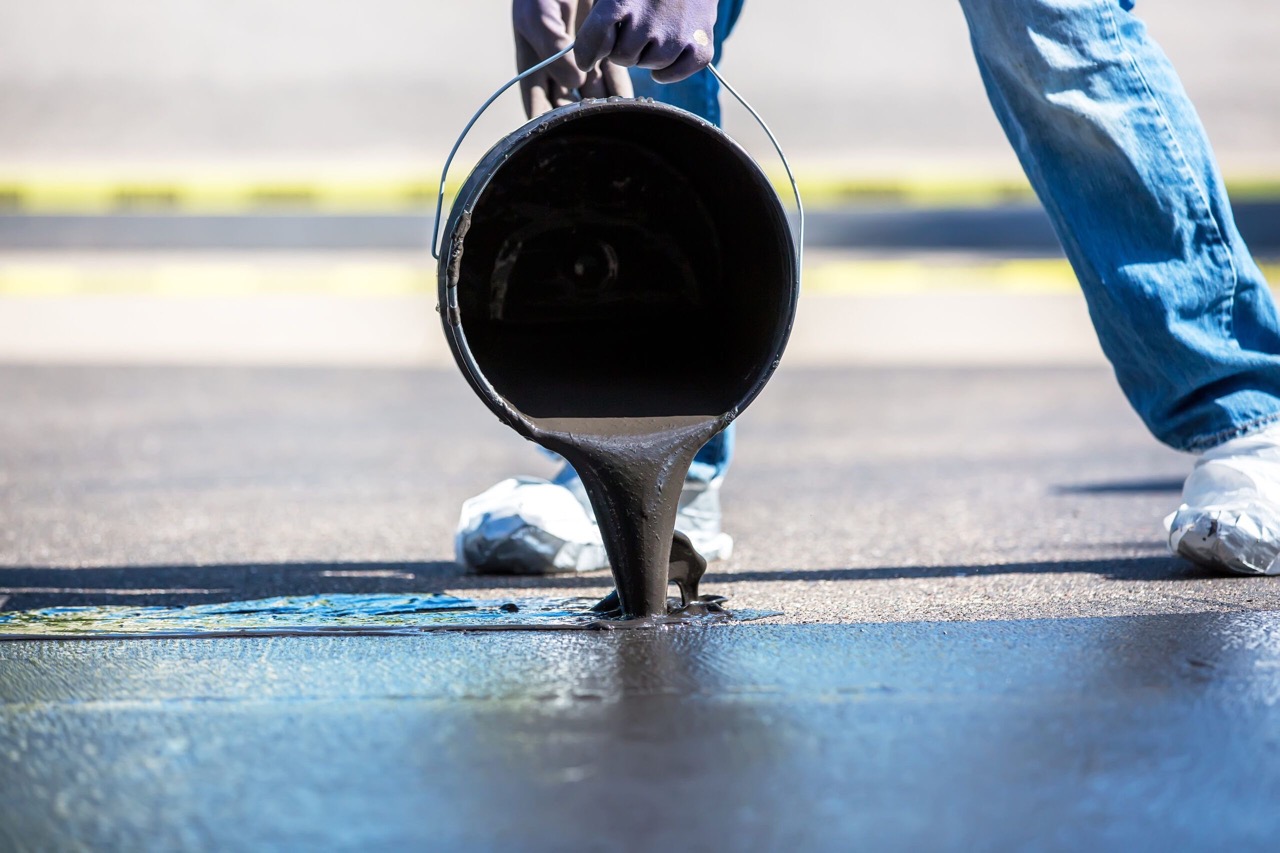
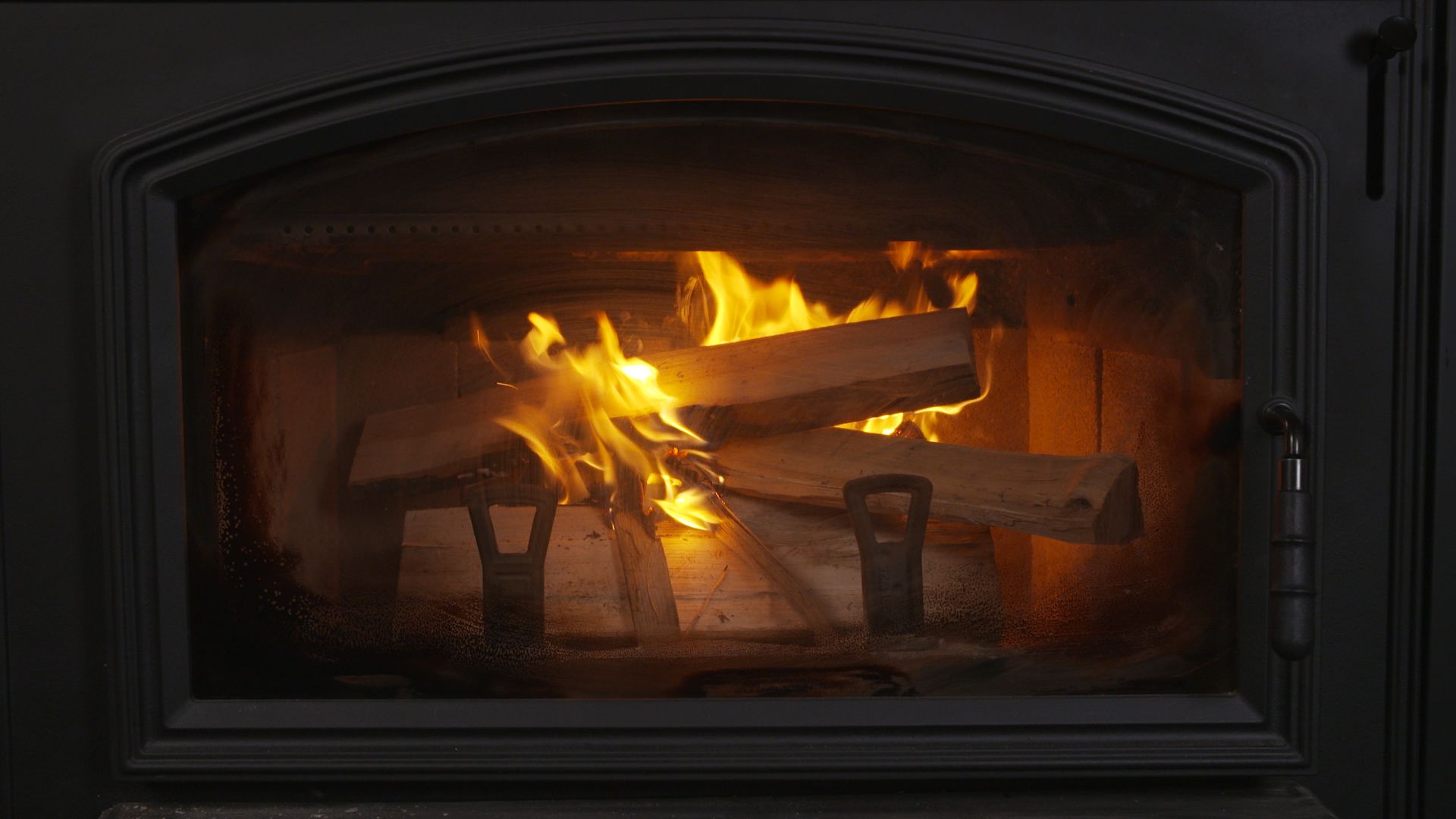
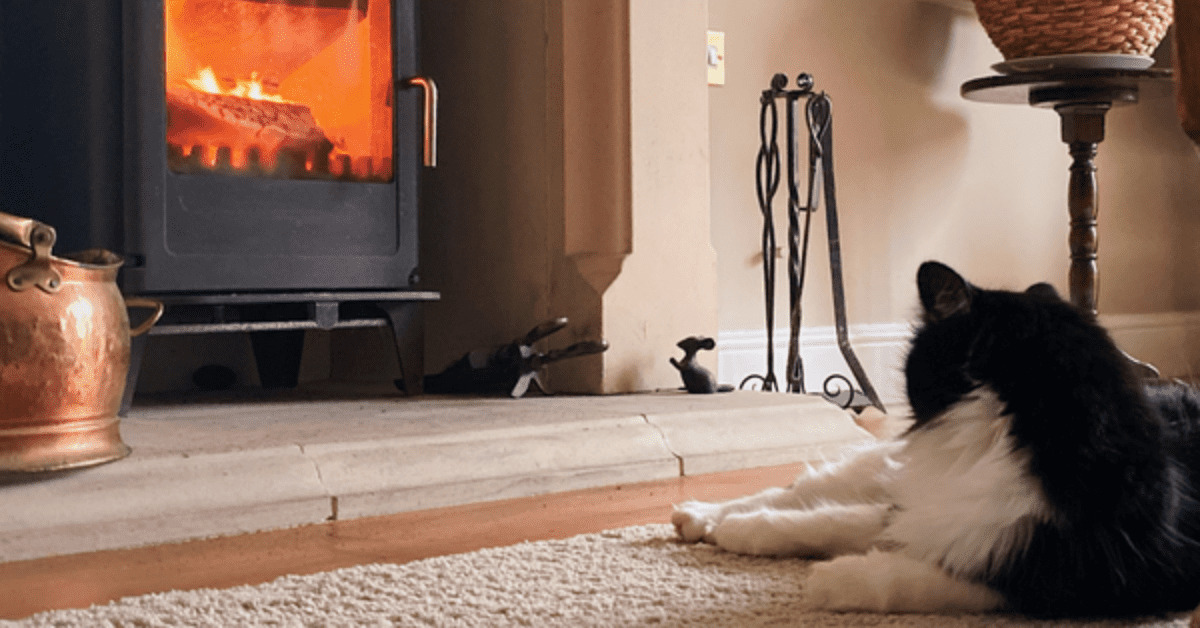
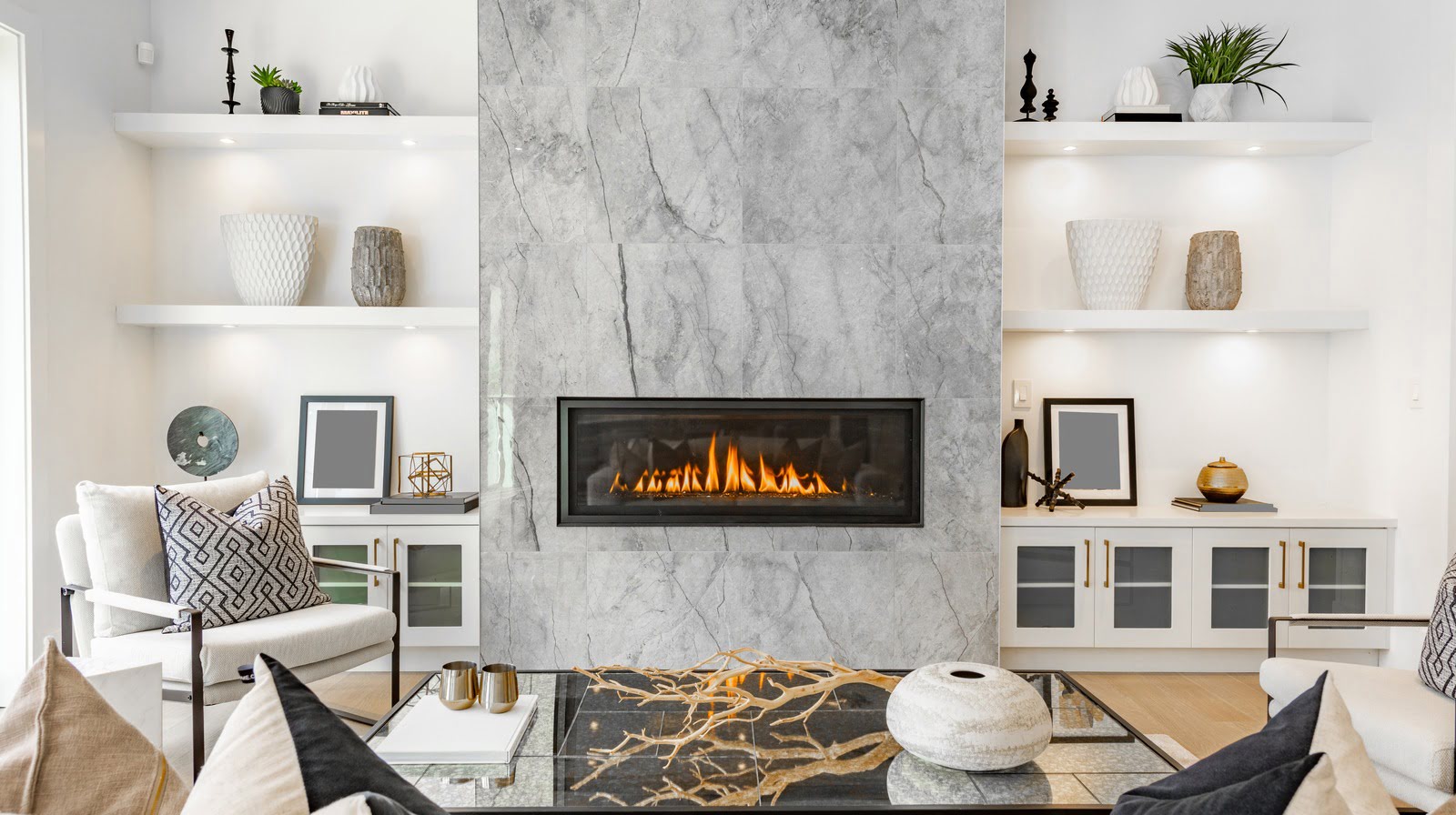
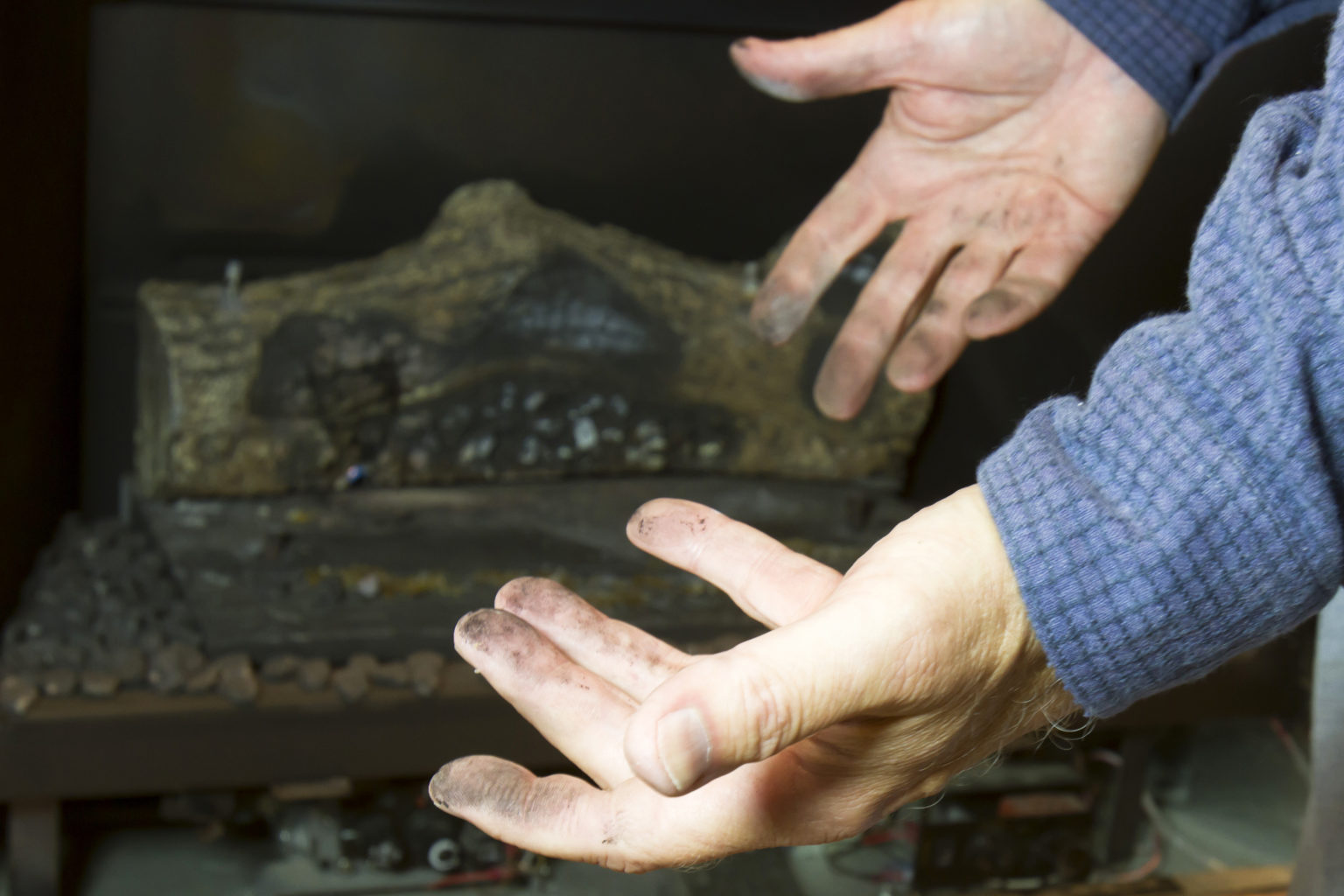
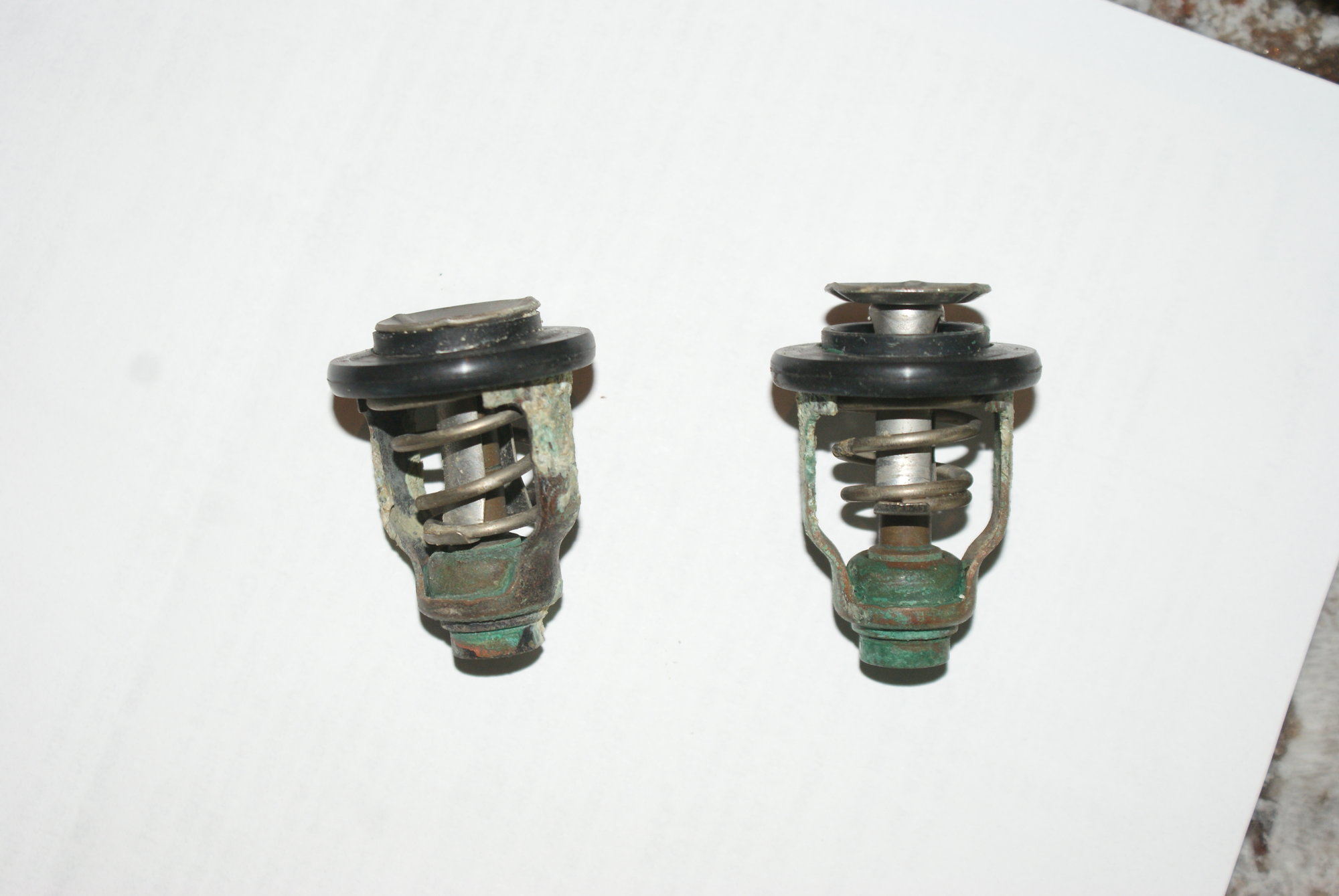
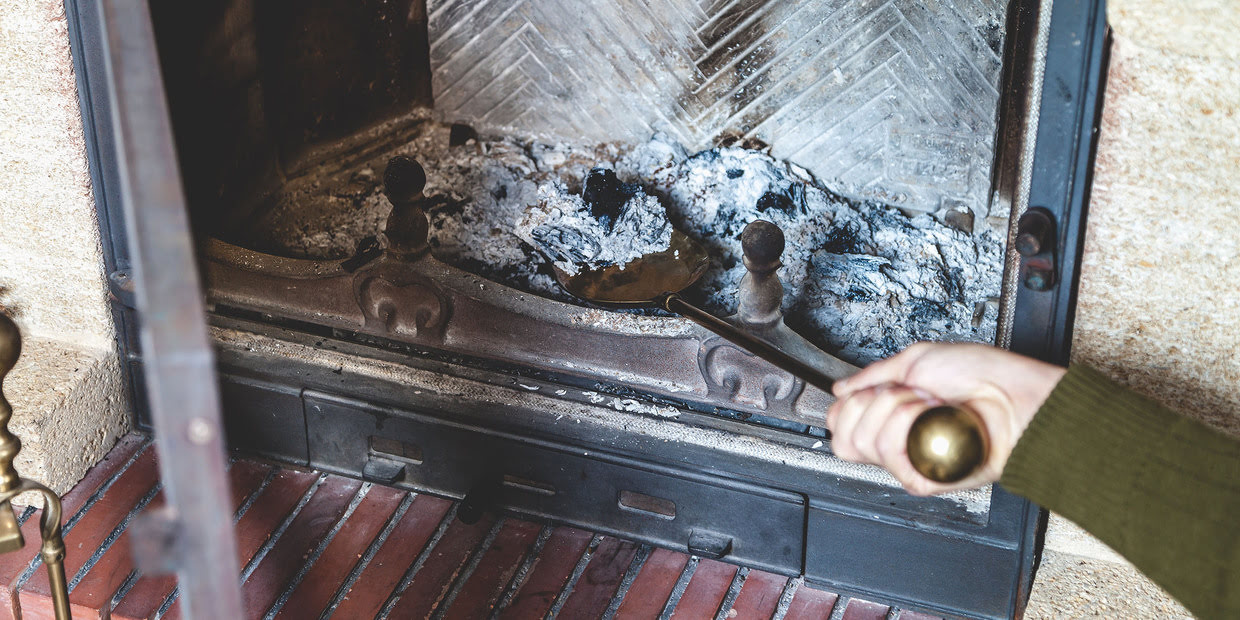
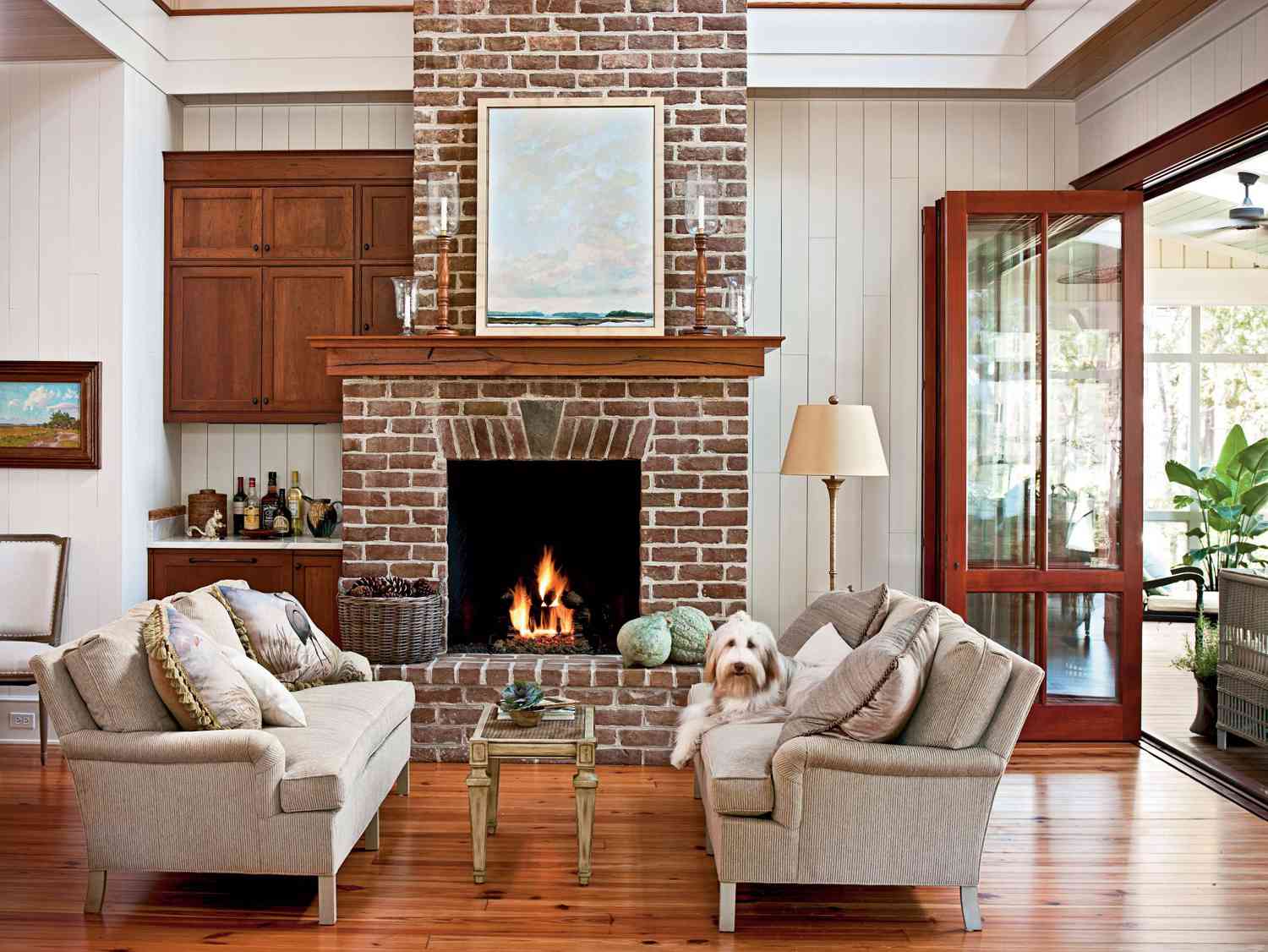
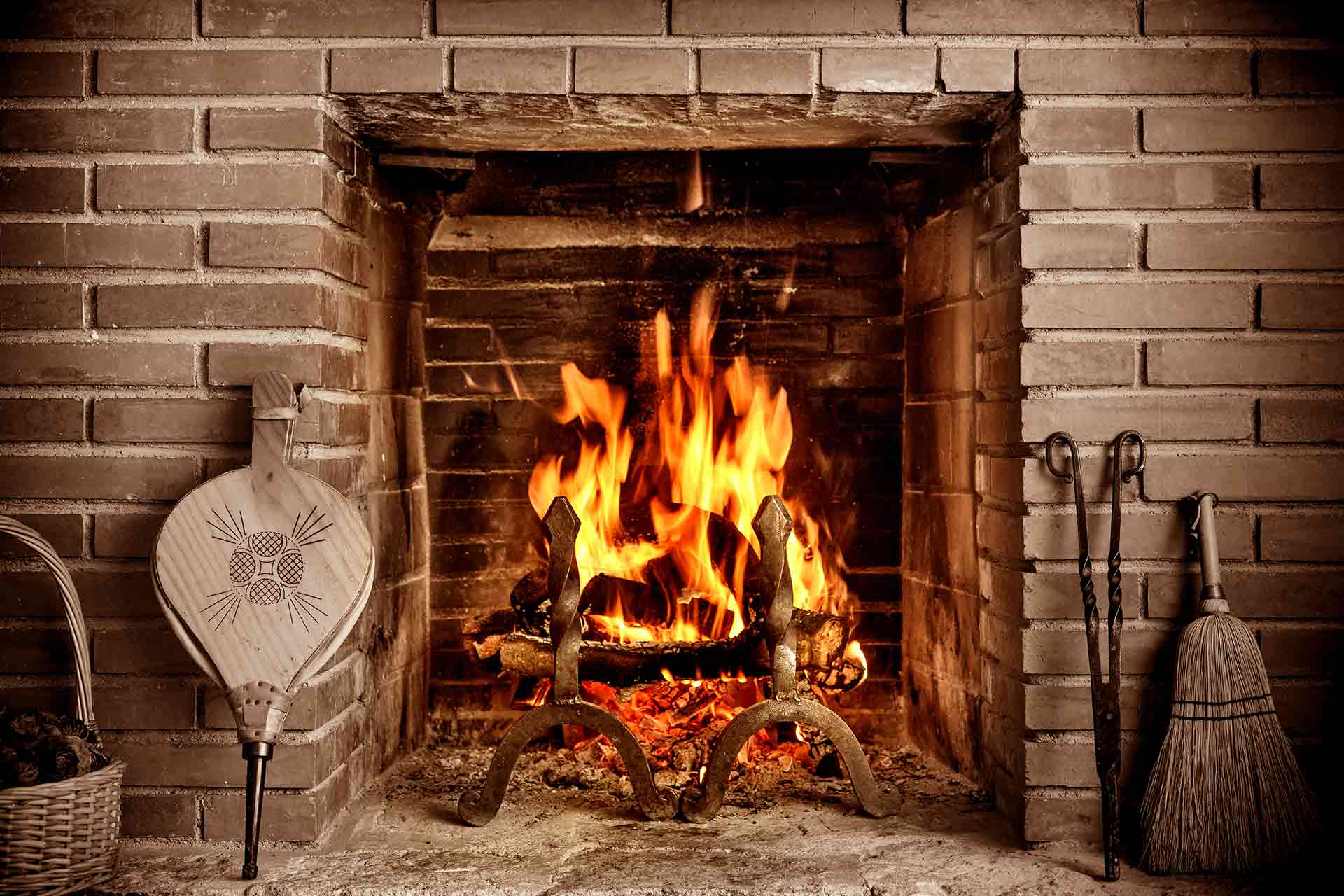

0 thoughts on “How To Seal Your Fireplace Opening”